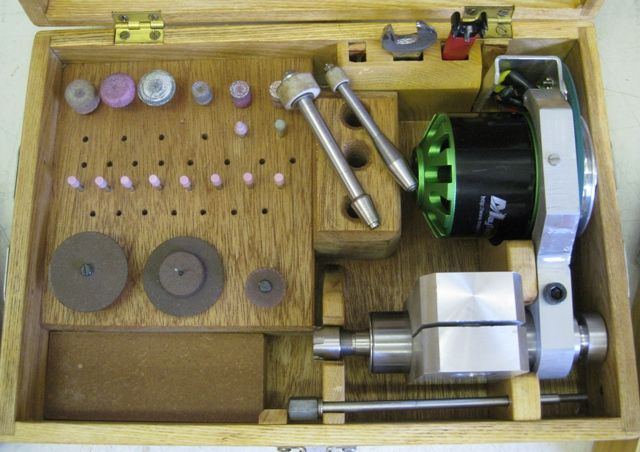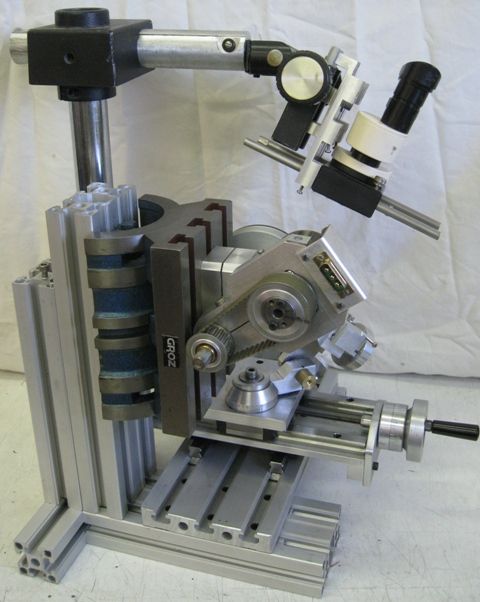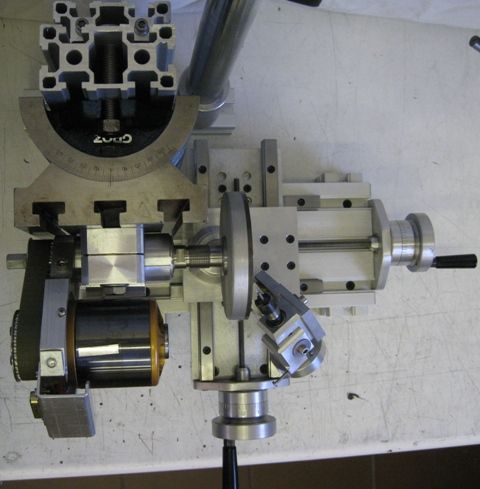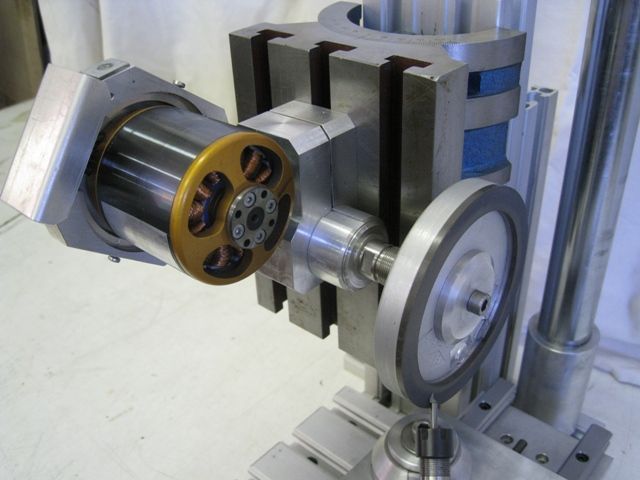toolpost motor
toolpost motor
- This topic has 8 replies, 7 voices, and was last updated 3 December 2018 at 15:37 by
bricky.
Viewing 9 posts - 1 through 9 (of 9 total)
Viewing 9 posts - 1 through 9 (of 9 total)
- Please log in to reply to this topic. Registering is free and easy using the links on the menu at the top of this page.
Latest Replies
Viewing 25 topics - 1 through 25 (of 25 total)
-
- Topic
- Voices
- Last Post
Viewing 25 topics - 1 through 25 (of 25 total)
Latest Issue
Newsletter Sign-up
Latest Replies
- Scam email
- Small horizontal mill – capabilities?
- Metric Thread Cutting Without Conversion Wheel
- Emco FB2 and Maximat Mill?
- minimag set up
- Power hacksaw – powerful banging when running
- Anyone know about wells and Victorian plumbing?
- My week this week! My workshop videos
- Dodgy car parts a new low
- Mechanical lubricator









